Why NFT Art Is So Expensive
In the digital age, one thing has gained attention in the art world: Non-Fungible Tokens, or nft artworks. They’re a type of digital item that stands for real-world objects like art.
We see how technology is bursting into our lives: while some countries are legalizing Bitcoin or creating their own meta-universes, artists are receiving huge amounts of money for their virtual creations.
People are noticing that these digital items can have very high prices.
So, why is nft art expensive?
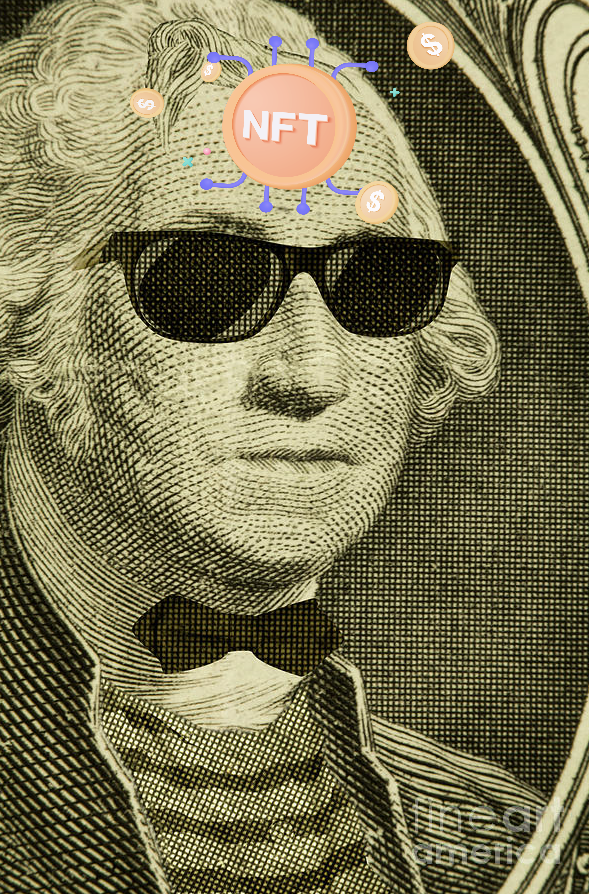
The Rarity Factor
One key reason is a rarity. Even in the digital world, rare items have value. Each NFT is one of a kind and can’t be swapped with another, which makes them rare.
We can’t create two exactly the same NFT art, which makes them unique.
But if we simply create nft art, it’s unlikely that anyone will need it. There are still factors that affect the value of NFT art.
Artist’s Reputation
As with physical art, an artist’s reputation plays a huge role in determining the value of NFT art. Established artists, or those who have built a strong following, will typically be able to sell their work for higher prices.
Let’s remember Leonardo da Vinci and his Mono Lisa. Its value is so great that it can’t be measured. Some collectors put the price at several billion dollars. The artist put all his energy into it and painted it for several years.
But does the time spent work with the same NFT?
The answer is yes.
Beeple (Mike Winkelmann) Beeple, whose real name is Mike Winkelmann, is a digital artist who rose to fame after his artwork “Everydays: The First 5000 Days” sold for $69.3 million at Christie’s auction house. He is known for his daily digital art creations which he has been making for over a decade.
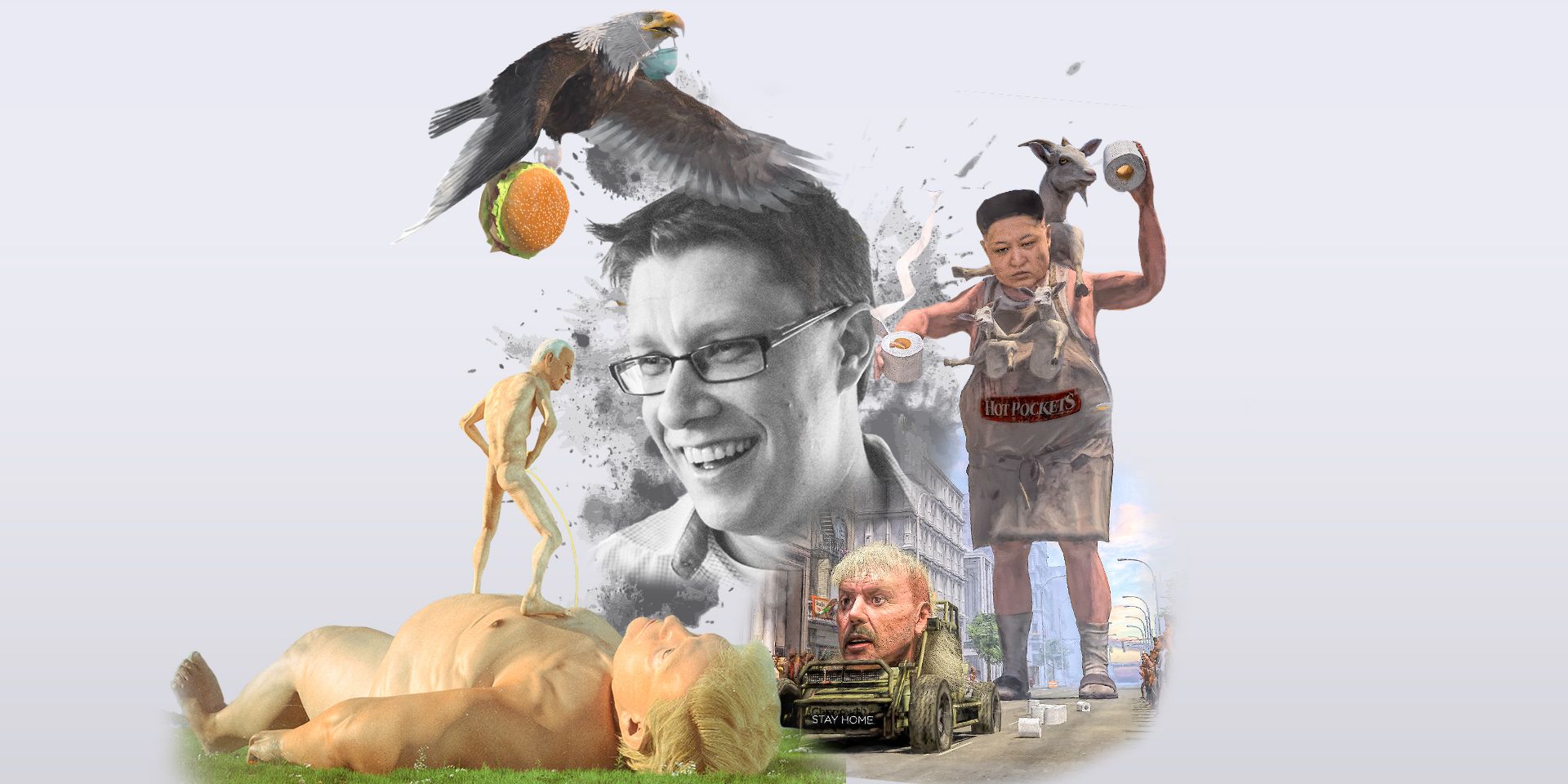
Comprising 5000 individual images, “Everydays” is not just a digital collage, but a chronicle of Beeple’s artistic journey over more than 10 years.
Each image represents a day in Beeple’s life and reflections on technology, global events, and his personal experiences. It stands as a testament to the artist’s discipline and commitment to his craft, turning it into a unique piece of digital history.
One of the key factors making NFT art expensive is the influence of high-profile purchases.
For example, when Metakovan, the founder of Metapurse, the world’s largest NFT fund, purchased the digital artwork “Everydays: The First 5000 Days” by Beeple for $69.3 million, it didn’t just make news – it shifted perceptions about the value of NFT art.
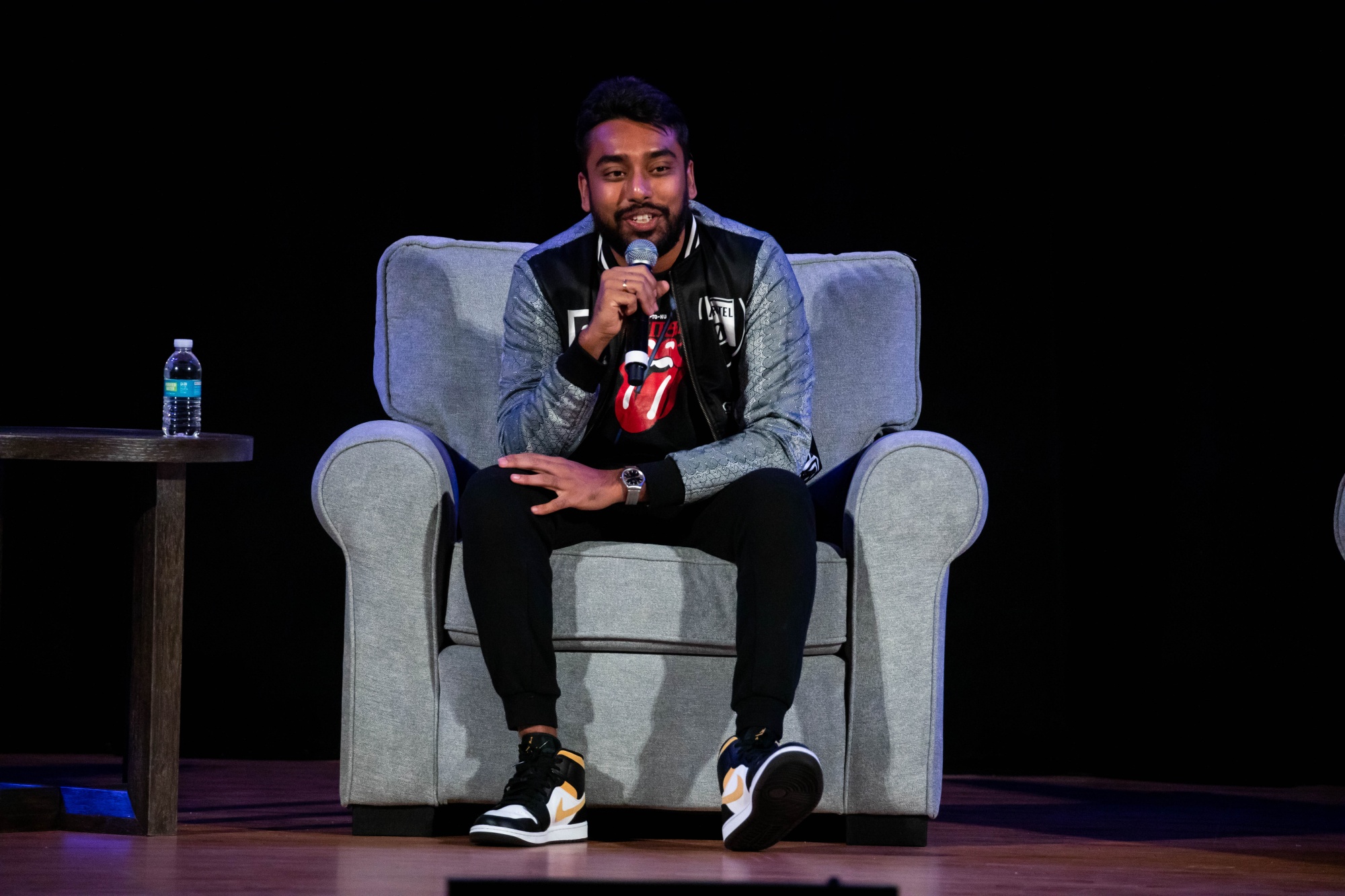
This high-profile purchase made NFT art expensive by setting a new benchmark for its value. It demonstrated that NFT art could command prices comparable to, or even exceeding, those of traditional art. This pivotal event led to an influx of artists and collectors into the NFT market, thereby driving up prices.
Demand and Supply
The basic economics of demand and supply apply to NFTs too. If more people are interested in your art than there are pieces available, this can drive up the price and make Nft art expensive
NFT artists often release their work in limited editions. This strategy creates a deficit, which can cause competition among buyers and lead to higher prices.
For example, Grimes’ “WarNymph Collection Vol. 1” had only a limited number of pieces available, which led to its high price.
Rokoko Monolith, Released: Feb 28, 2021.
Original Listing: $11,111.00
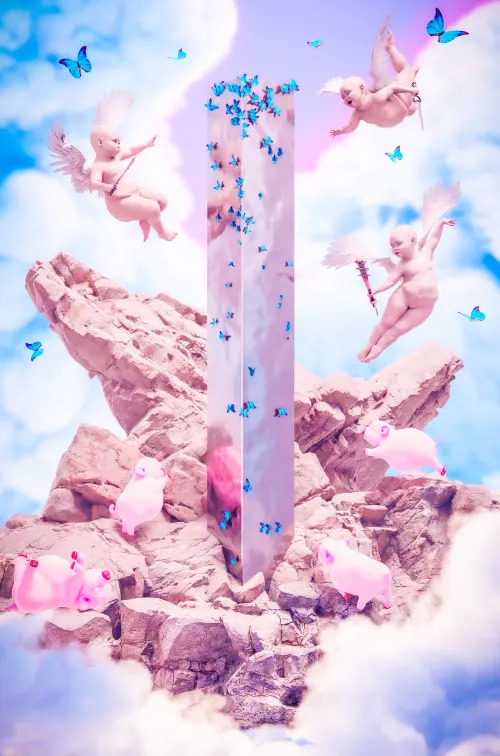
Utility
Some NFTs offer additional benefits or features to their owners, such as access to special content or events. This added utility can increase the perceived value of the NFT.
Some NFTs unlock access to special content, such as behind-the-scenes footage, unreleased music tracks, or exclusive digital art pieces. This provides a unique value proposition for fans and enthusiasts.
For example, musician Steve Aoki sold an NFT that included a bonus unlockable song.
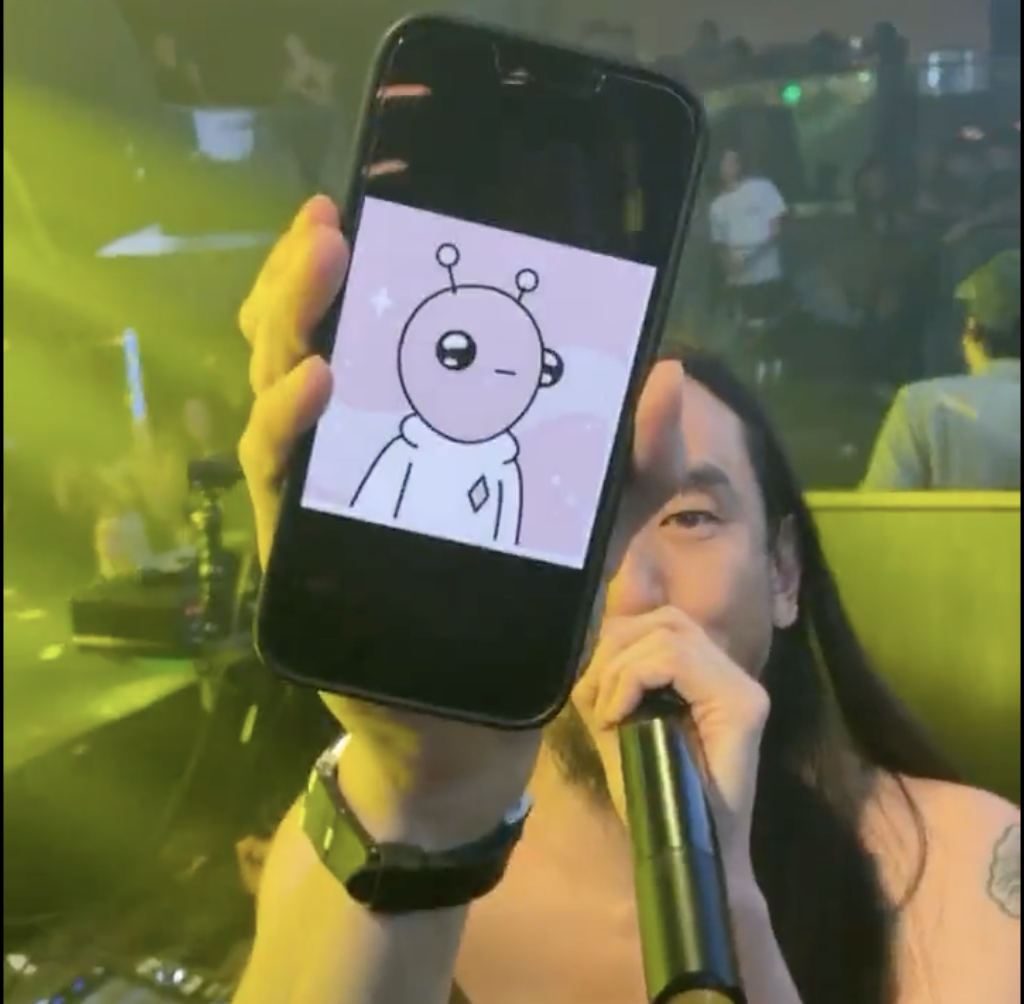
Market Sentiment
Public opinion and excitement around the NFT market can also impact value. If the market is in a bullish phase, prices can go up. On the flip side, if the market is in a downturn, prices might drop.
If influential figures or celebrities show interest in NFTs, it can create a buzz and attract new buyers to the market.
For example, when popular artists like Grimes or athletes like Lebron James started selling NFTs, it drew significant attention to the market.
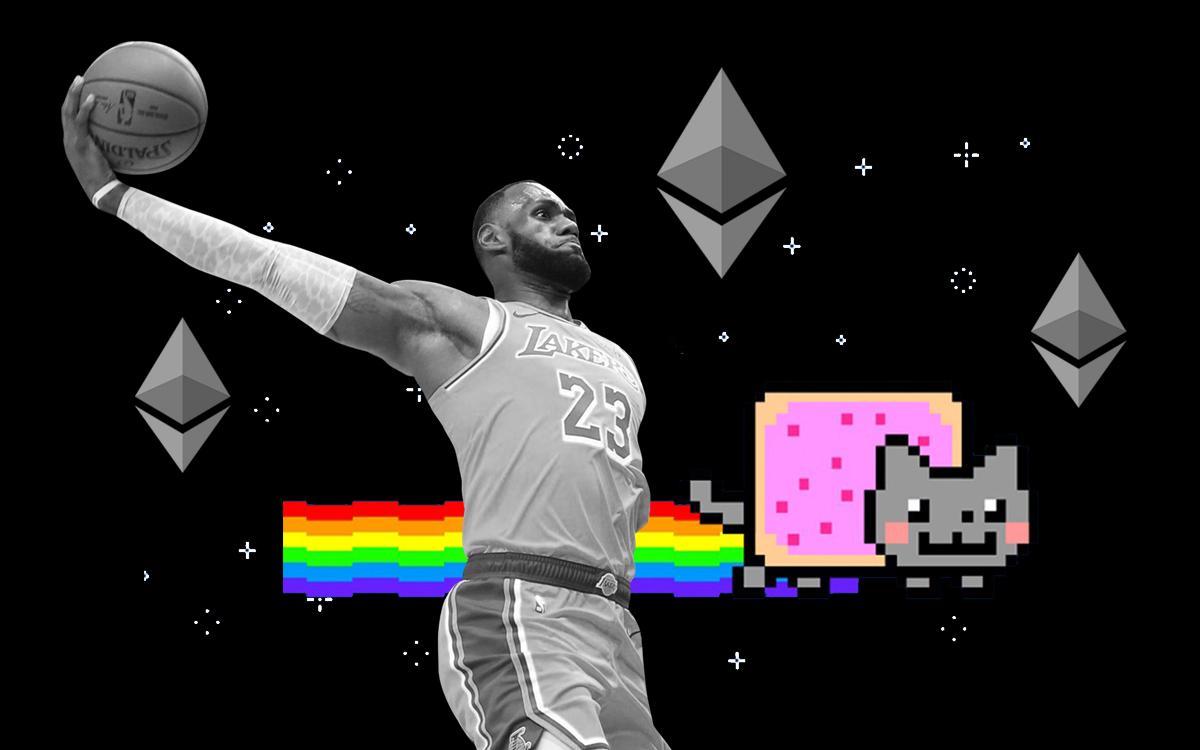
Government policies and legal decisions can also sway market sentiment. Positive regulatory developments can stimulate the market, while unfavorable or unclear regulations can dampen enthusiasm.
We can see this with the cryptocurrency analogy. When large funds like BlackRock expressed their interest in Bitcoin and wanted to launch a Bitcoin ETF in 2023, its price went up several tens of percent at once.
The more governments that equalize digital assets with physical assets, the sooner we will see greater price increases in NFT artworks.
Outsourcing NFT Services for Nifty Smashers
In the era of the metaverse, one platform that has gained significant traction is Nifty League, a unique, community-driven NFT gaming platform. Its battle brawler game, Nifty Smashers, is a unique creation by the Nifty League company and outsourcing team at RetroStyle Games.
The outsourcing services go beyond character creation and impact various aspects of the gameplay of Nifty Smashers. For example, the futuristic cities and fantastical elements that bring the world of Nifty League to life were designed by a team of experienced 3D artists, which greatly contributed to the game’s atmosphere. Creating 2D videos to introduce the project increased its engagement with the community and helped players better understand the game universe.
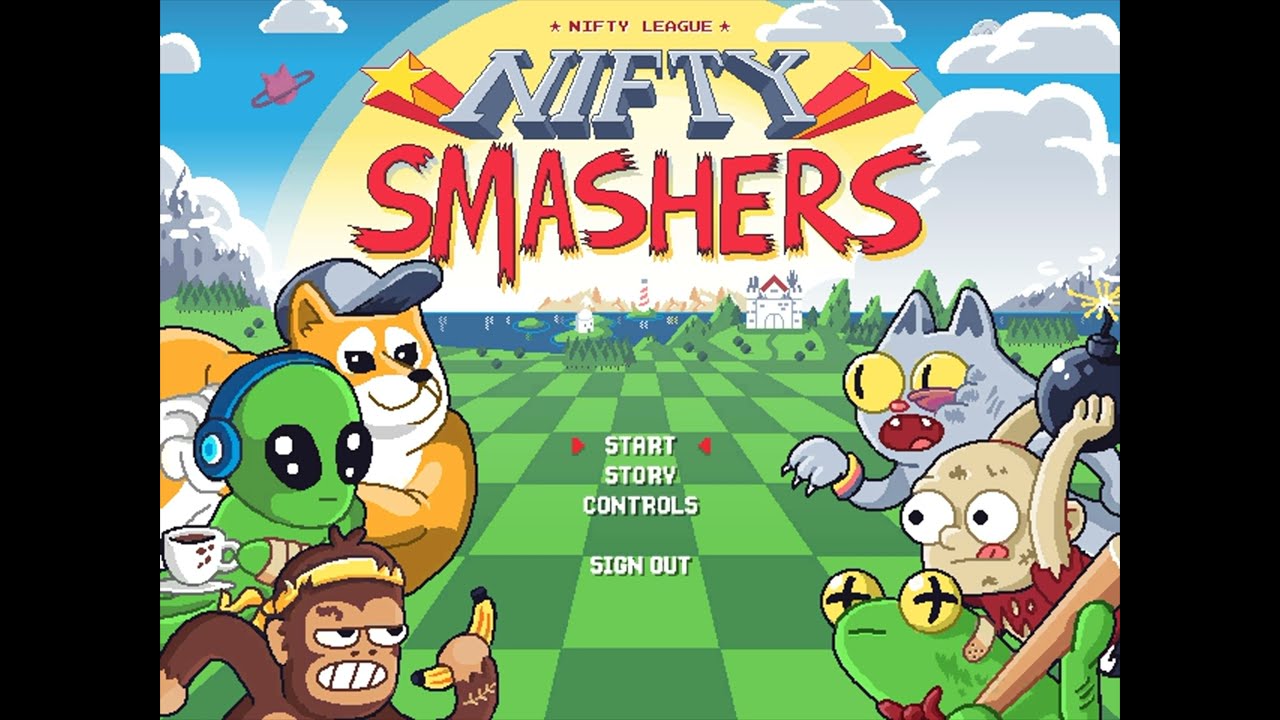
RetroStyle Games’ approach to the Nifty Smashers project demonstrates how outsourcing NFT services can greatly improve the engagement and functionality of the NFT gaming platform. It is a combination of creativity and technology, ultimately providing players with an engaging and rewarding experience.
As Nifty League continues to expand and evolve, we look forward to the innovative developments that outsourcing services will bring to this gaming universe.
Another Expensive NFT Art:
- “The Merge” by Pak – Sold for $91.8 million, “The Merge” is the most expensive NFT artwork ever sold. The artwork explores the concept of value and was sold as a collection of individual, unique pieces that buyers could assemble into a single, larger artwork.
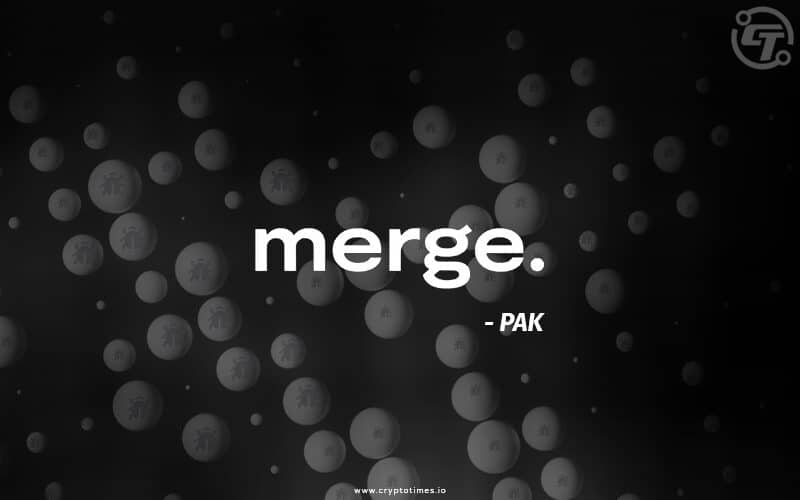
- “HUMAN ONE” – Sold for approximately $29 million, “HUMAN ONE” is an NFT artwork that combines digital art with physical sculpture. The artwork includes a physical sculpture that changes its appearance based on the NFT’s price.
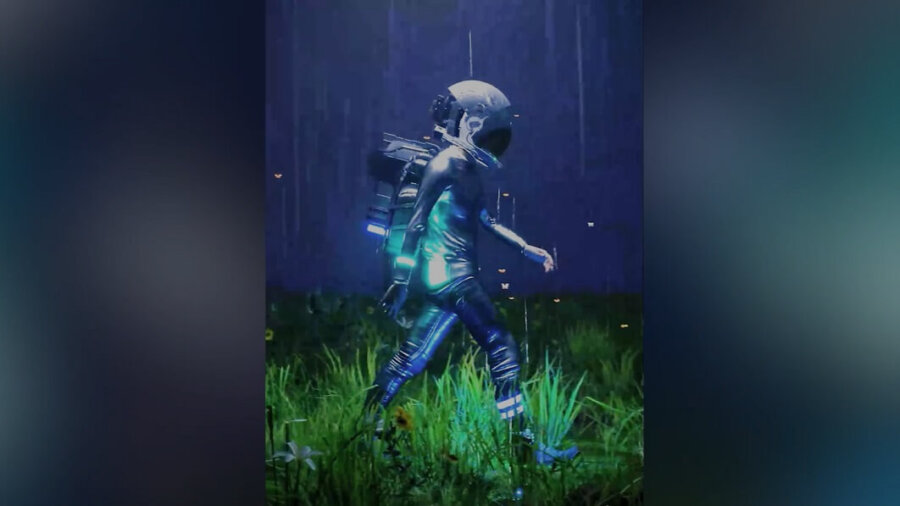
- CryptoPunk #5822 – One of the 10,000 unique 24×24 pixel art characters generated algorithmically for the Ethereum blockchain, CryptoPunk #5822 sold for $23.7 million. The CryptoPunks are often considered one of the first NFT projects on the Ethereum blockchain.

In conclusion
The expensive nature of NFT art can be attributed to a combination of factors, including rarity, artist reputation, demand and supply dynamics, utility, market sentiment, and the influence of high-profile purchases. As the NFT market continues to evolve, these factors will continue to play a significant role in making NFT art expensive.


